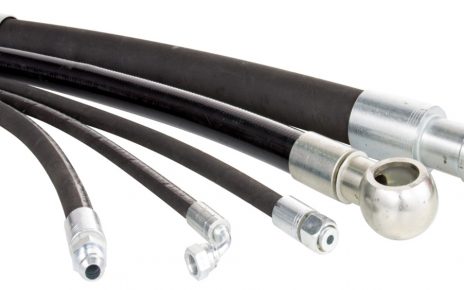The phenomenon of insects swarming around screens and electronic devices has intrigued scientists and annoyed homeowners for decades. And, with the placement of screens more naturally into our lives as technology progresses, this relationship between screen light and insect behavior is even more relevant. Evening hours can bring flocks of flying insects into homes, particularly when screens emit certain wavelengths of light.
Hence, researchers are increasingly exploring the impact of electronic devices on pest management systems. In fact, Vancouver Exterminator Services professionals note that screen-related insect attraction represents a significant portion of residential pest complaints during summer months, which creates a need for both preventative measures and targeted solutions to combat this modern pest control challenge.
Do Blue Screens Really Attract Insects? How?
Yes, blue screens attract so many more insects than those of other colors. This attraction happens mainly because of the wavelength of light from blue screens.
Insects have compound eyes that can be sensitive to certain wavelengths of light, especially those in the UV and blue range (350-490 nanometers). Blue screens present light in this spectrum, thus producing something insect people call a “supernormal stimulus” for numerous flying insects. Even warmer colors like yellow or red attracted far fewer bugs. Blue light wavelengths attract up to 3.5 times more flying insects than any other color.
This attraction has to do with how insects fly. Many flying insects are oriented toward natural sources of light, like the moon. Artificial blue light throws this navigation system off-kilter, and insects start orbiting tighter and tighter around the light source — a behavior known as positive phototaxis. This is why moths, along with other nighttime flying insects, seem to “crash” into blue screens over and over again.
And water surfaces reflect blue light, which is why so many aquatic naked-eye insects like mosquitoes and midges use it to find a breeding site. This misleading signal attracts these insects to blue screens, especially in darker areas where the contrast is heightened.
How to Prevent Pests From Blue Screens?
- Adjust Screen Settings
Change the screen settings of your devices to modify the amount of blue light they emit. Most devices have an option for night mode or warm light, which reduces the color temperature of white light to present more yellow and orange light, which are less attractive to insects. Schedule phones and computers to switch on the specific settings when the sun sets to prevent the light from attracting insects. For computers without built-in settings, use light filter software that prevents some of the light emitted from their screens.
- Physical Barriers
Install fine mesh screens on windows and doors near the device to prevent insects from getting into the house. Use draft stoppers under doors and seal cracks near windows to the house as much as possible. Install ceiling fans near the screens as the moving air interrupts insect flight patterns, preventing them from landing next to the devices.
- Modify the Environment
Place the screens away from the windows as much as possible, especially at night. Change the white bulbs in nearby lamps with yellower bug lights, as this reduces the impact of the blue light on insect attraction. Clear the shrubbery near windows to prevent the vegetation from attracting insects. Otherwise, maintain a clean environment, avoiding food remains and moisture, which increases the attraction of insects to the screens.
Professional Help
If all the preventive measures you have taken fail to prevent the entry of the insects attracted to the screens, seek help from pest management professionals. They identify the insect species for informed treatment. Treatments are effective and environmentally friendly, courtesy of the equipment used and the EPA-approved treatment options. Additionally, a home inspection is conducted to identify possible entry points and other factors encouraging the insects into the house. Professionals help rescue you from the trouble of treating pests frequently, especially if pests keep coming back after treatment.





